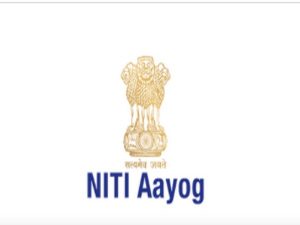Senior Care Reforms In India: Reimagining The Senior Care Paradigm : NITI Aayog Report

The NITI Aayog has released a position paper titled F“Senior Care Reforms in India: Reimagining the Senior Care Paradigm”, which calls for action on what needs to be done to bring a greater focus on senior care.
Key Highlights of the Report:
- India is witnessing exponential growth in the number and proportion of elderly people, coupled with a decreasing fertility rate (less than 2.0) and increasing life expectancy (more than 70 years).
- The elderly in India currently comprise a little over 10% of the population, which translates to about 104 million. According to the United Nations Population Fund (UNFPA), this demographic is projected to reach 19.5% of the total population by 2050.
- The elderly population (aged 60 years and above) constituted 8.6% of India’s total population in the 2011 Census, with approximately 103 million elderly individuals.
- The transition from high to low mortality rates has shifted a substantial burden of disease to the older population.
- The number of people aged 75 years and above is expected to increase by an astounding 340% between 2011 and 2050.
- Rural Urban Divide: 71% of elderly persons reside in rural areas.
- Life Satisfaction: Nearly 32% of the elderly reported low life satisfaction
- There is an absence of a comprehensive, integrated policy for senior care and support as a significant challenge.
- Access to healthcare services can be a challenge for older adults in India, particularly those living in rural areas.
- As per the National Health Profile, in 2017, there were only 43 physicians per 100,000 population in rural areas, compared to 118 physicians per 100,000 population in urban areas.




